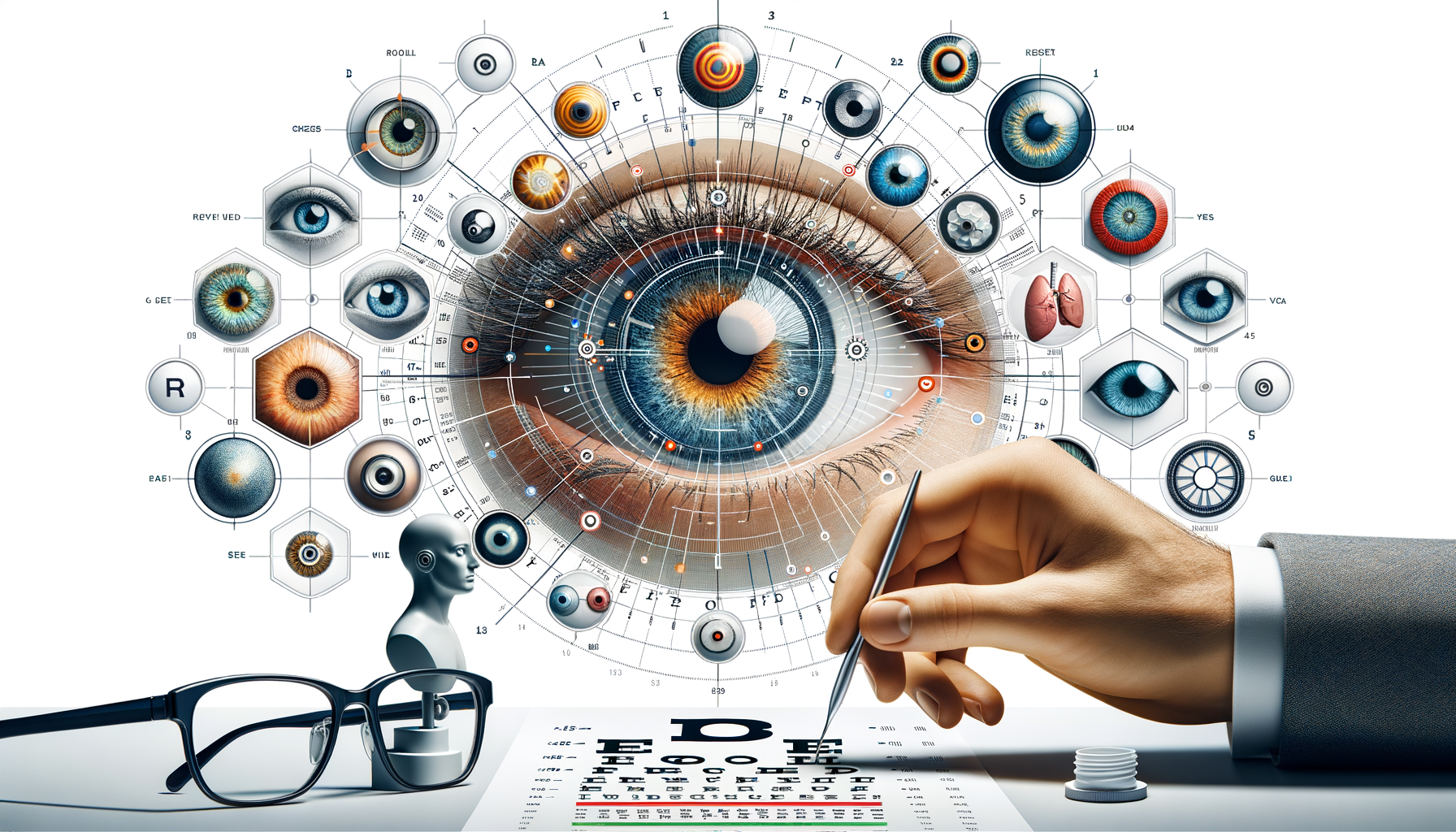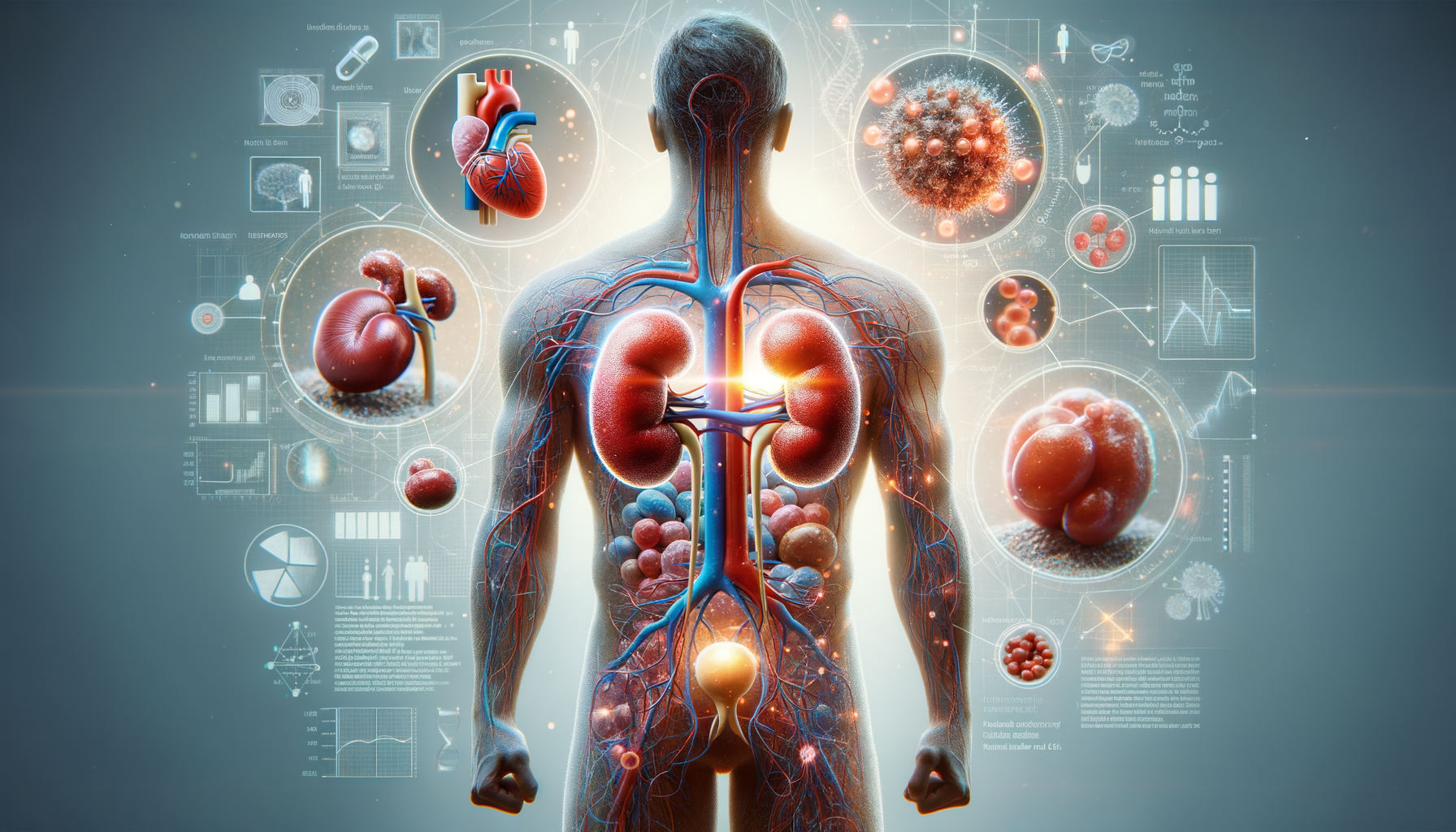The Importance of Regular Eye Exams
Eye health is a crucial aspect of overall well-being that often gets overlooked. Regular eye exams are essential for maintaining good vision and detecting potential issues before they become significant problems. Many eye conditions, such as glaucoma and macular degeneration, can develop without noticeable symptoms until they reach an advanced stage. By scheduling routine eye exams, individuals can catch these conditions early, allowing for more effective treatment and better outcomes.
Moreover, eye exams are not just for those who wear glasses or contact lenses. They are equally important for individuals with perfect vision. During an eye exam, optometrists and ophthalmologists can identify signs of systemic diseases such as diabetes and high blood pressure, which can manifest through changes in the eyes. This makes eye exams a valuable preventive health measure.
In addition to health benefits, regular eye exams can enhance quality of life. For those who require corrective lenses, updating prescriptions can significantly improve daily activities and reduce eye strain. For children, early detection of vision problems can lead to better academic performance and social development. Therefore, regular eye exams are a small investment that can yield significant returns in terms of health and quality of life.
What to Expect During an Eye Exam
Understanding what happens during an eye exam can help alleviate any anxiety and ensure you get the most out of your visit. A comprehensive eye exam typically begins with a discussion of your medical history and any vision-related concerns you may have. This is followed by a series of tests designed to evaluate different aspects of your eye health and vision.
Common components of an eye exam include:
- Visual acuity test: Measures how clearly you see at various distances.
- Refraction assessment: Determines your prescription for glasses or contact lenses.
- Eye muscle test: Evaluates the muscles that control eye movement.
- Pupil dilation: Expands the pupils to allow a better view of the internal structures of the eye.
- Visual field test: Checks for gaps in your peripheral vision.
The eye care professional may also use specialized equipment to examine the retina, optic nerve, and other parts of the eye in detail. This thorough examination helps in identifying any abnormalities or issues that may need further investigation or treatment.
By understanding the process, patients can feel more comfortable and prepared, ensuring a smoother and more productive eye exam experience.
Common Eye Conditions Detected During Exams
Eye exams play a critical role in detecting a variety of common eye conditions. Early detection is key to preventing vision loss and maintaining eye health. Here are some conditions that can be identified during an eye exam:
Glaucoma: Often referred to as the “silent thief of sight,” glaucoma can develop without symptoms until significant damage has occurred. Regular eye exams can detect increased intraocular pressure and optic nerve damage, allowing for early intervention.
Cataracts: Characterized by clouding of the eye’s lens, cataracts can lead to blurred vision and difficulty seeing at night. An eye exam can identify cataracts even in their early stages, enabling timely treatment.
Macular Degeneration: This condition affects the central part of the retina and is a leading cause of vision loss in older adults. Early detection through an eye exam can help slow its progression.
Diabetic Retinopathy: Individuals with diabetes are at risk of developing this condition, which affects the blood vessels in the retina. Regular eye exams are crucial for detecting changes that could indicate diabetic retinopathy.
By identifying these and other conditions early, eye exams can help preserve vision and prevent complications. This underscores the importance of not delaying regular checkups.
The Role of Technology in Modern Eye Exams
Advancements in technology have significantly enhanced the capabilities and accuracy of modern eye exams. These innovations allow for more precise diagnoses and improved patient outcomes. Let’s explore some of the technological advancements that are shaping the future of eye care.
Digital Imaging: High-resolution imaging technologies, such as Optical Coherence Tomography (OCT), provide detailed cross-sectional images of the retina. This allows eye care professionals to detect and monitor conditions like macular degeneration and glaucoma with greater accuracy.
Automated Refraction Systems: These systems streamline the process of determining the correct prescription for glasses or contact lenses. They offer quick and accurate measurements, enhancing the overall efficiency of the exam.
Telemedicine: Remote eye exams are becoming more feasible with telemedicine technologies. Patients can consult with eye care professionals from the comfort of their homes, making eye care more accessible, especially in underserved areas.
Artificial Intelligence: AI is being integrated into eye care to assist in diagnosing conditions and predicting disease progression. Machine learning algorithms can analyze large datasets to identify patterns that may not be visible to the human eye.
These technological advancements are revolutionizing the field of optometry and ophthalmology, making eye exams more comprehensive and accessible than ever before. As technology continues to evolve, the future of eye care looks promising.
How Often Should You Get an Eye Exam?
Determining how often to schedule an eye exam depends on several factors, including age, health, and risk of developing eye conditions. Here are some general guidelines to consider:
Children: It’s recommended that children have their first eye exam at six months of age, followed by another at age three, and again before starting school. Regular exams every one to two years are advised throughout childhood to monitor vision development.
Adults: For adults aged 18 to 60, a comprehensive eye exam every two years is generally sufficient if no issues are present. However, those with vision problems, a family history of eye conditions, or chronic diseases like diabetes may require more frequent exams.
Older Adults: Individuals over 60 should have annual eye exams. The risk of developing eye conditions increases with age, making regular checkups crucial for early detection and management.
Special circumstances, such as wearing contact lenses or experiencing sudden changes in vision, may necessitate more frequent visits to an eye care professional. It’s important to follow the advice of your optometrist or ophthalmologist to ensure optimal eye health.
By adhering to these guidelines, individuals can maintain good vision and catch potential issues early, promoting long-term eye health and overall well-being.




Leave a Reply